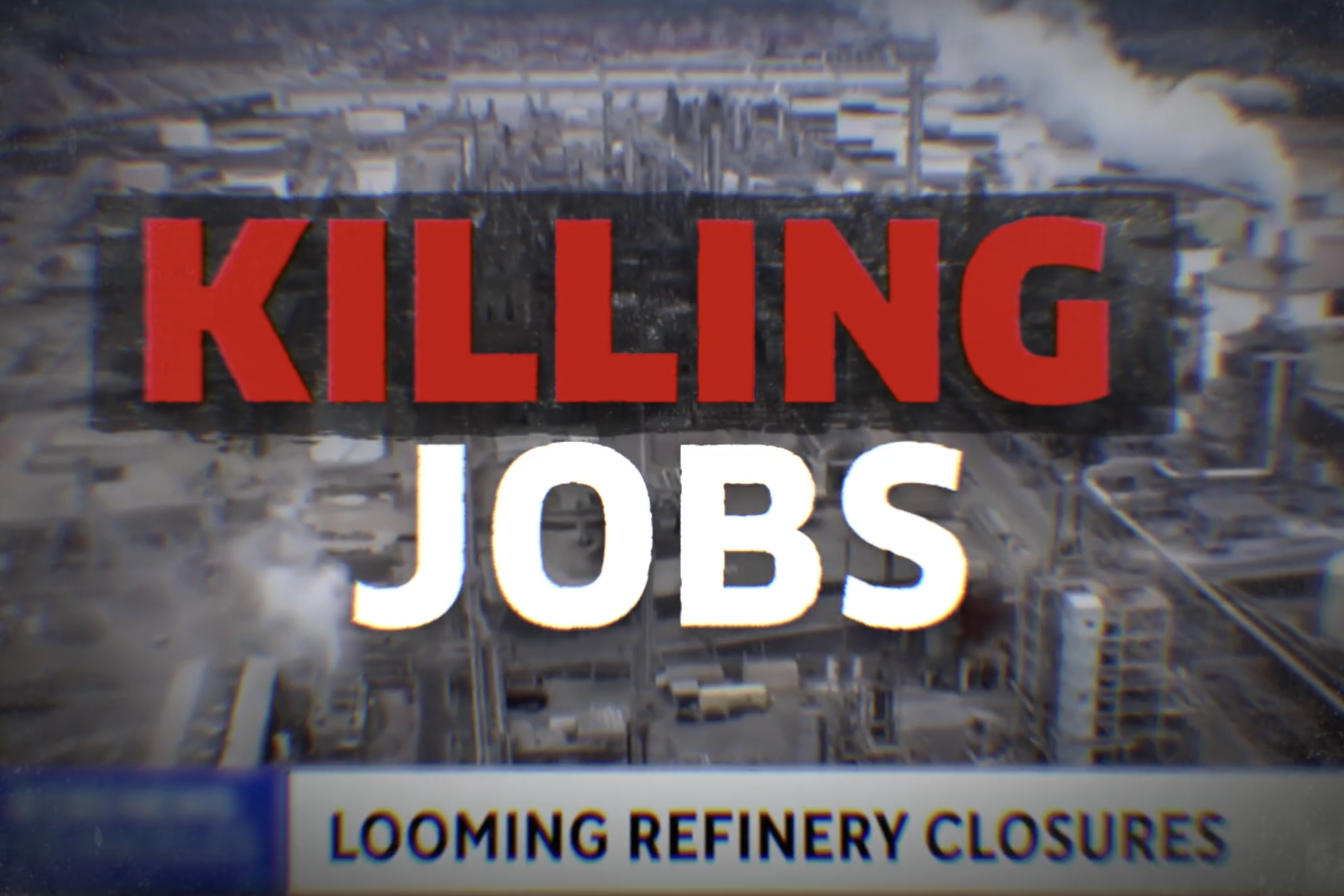Previous posts have highlighted the fact that despite falling Renewable Fuel Standard (RFS) credit prices and small refiner exemptions (SREs) – and contrary to the claims of biofuel lobbyists - domestic ethanol consumption is actually increasing. Another erroneous claim from biofuel lobbyists relates to demand for fuels containing greater than 10 percent ethanol (“E10”), particularly fuel with 15 percent ethanol called “E15.” Biofuel lobbyists claim motor fuel retailers need high priced RFS compliance credits – called Renewable Identification Numbers or RINs - so they can discount E15 to make it competitive with fuels like E10 and ethanol free gasoline. However, the facts prove otherwise. As EPA has issued several SREs and RINs have fallen from highs of near one dollar last year to between 20 and 25 cents per gallon in recent months, the data available shows even E15 use is increasing significantly.
Minnesota is home to nearly 25 percent of all stations selling E15 in the country; by far the state with the highest concentration of outlets offering the fuel. It is also one of the few states that regularly reports E15 sales data. As detailed in previous entries, the state’s E15 consumption in the first four months of 2018 already surpassed the total volume sold in all of 2017. Washington, DC, ethanol lobbyists said it was only a matter of time before the “demand destruction” from SREs and falling RIN prices bit E15 sales. The latest data once again proves this prediction wrong.
The state’s data shows a drop in E15 sales from May to June, which the Minnesota Bio-Fuels Association attributes to federal air quality regulations limiting the sale of E15 in the summer. However, despite the air quality restrictions, the state’s June E15 sales were 3.63 million gallons. June 2017 E15 sales totaled 499,131 gallons. In other words, with low RIN prices, SREs and air quality requirements restricting summer use of the fuel, Minnesota sold 7 TIMES MORE E15 in June 2018 than it did in June of last year. The data continues to show the emperor has no clothes when it comes to the "demand destruction" fallacy.
These facts also reinforce the reality that despite sizeable year-on-year increases, E15 demand has a long way to go before it can provide enough volume to keep RIN prices in check. Given such circumstances, there is ample evidence proving that EPA can set biofuel mandates at a lower, more reasonable level and directly control the RIN costs without hurting domestic biofuel producers or farmers.


